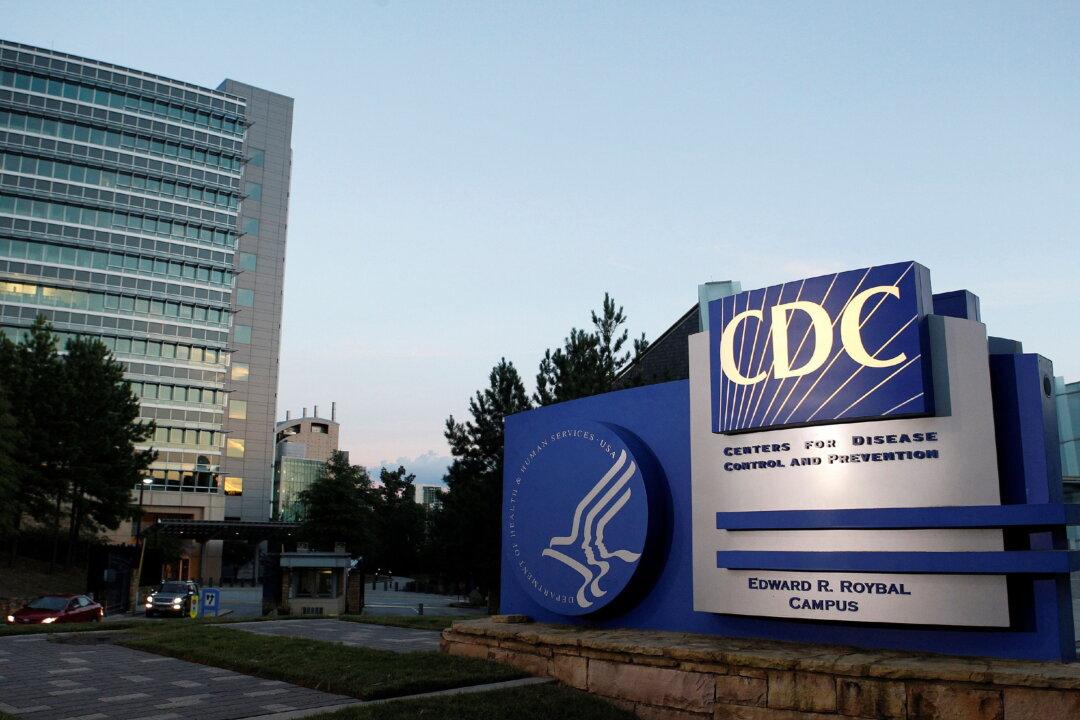Does an executive order mandating that cloth masks be worn by healthy people infringe on Constitutional rights and is it legal?
Some Americans are asking this question, as at least 14 states or cities have used their emergency powers to require masks be worn by the public when physical distancing is not able to be maintained, to reduce the spread of COVID-19, the disease caused by the CCP (Chinese Communist Party) virus. The Centers for Disease Control and Prevention (CDC) says to stay at least six feet away from other people in close quarters, while the World Health Organization (WHO) says physical distancing of at least 3.3 feet away is good enough.






